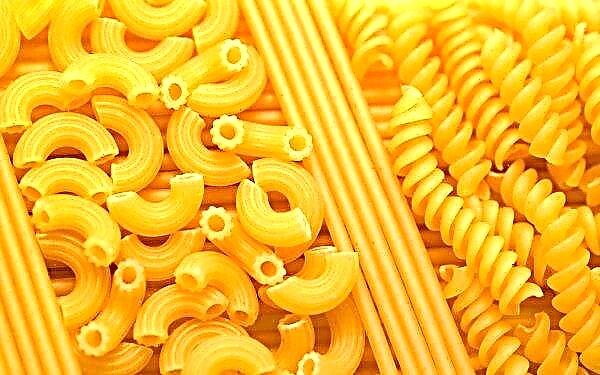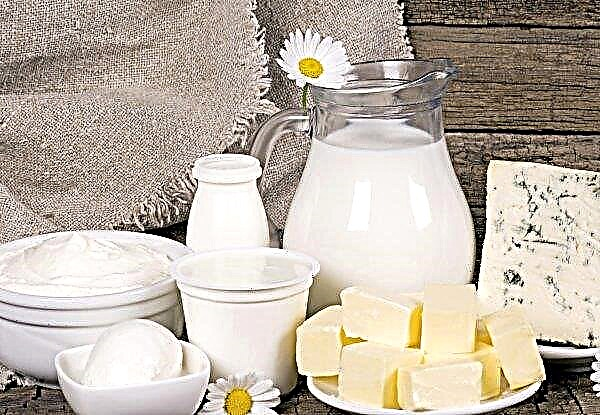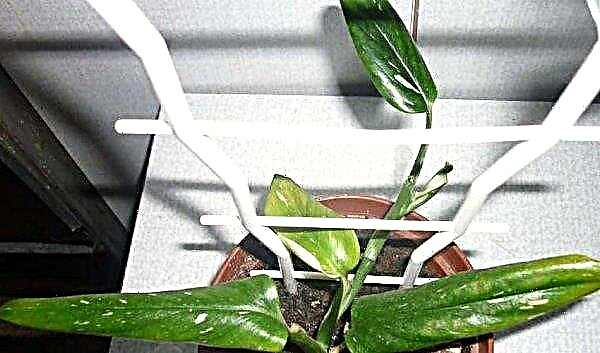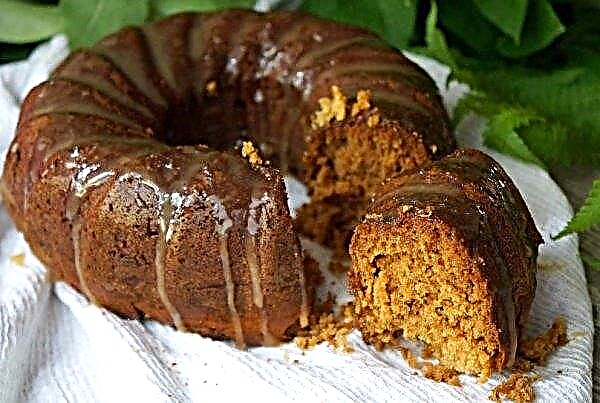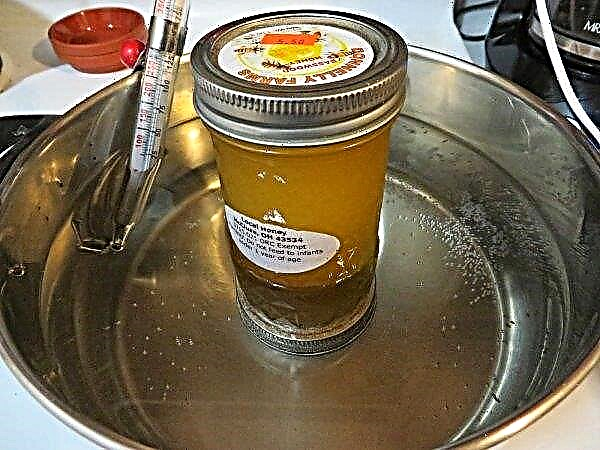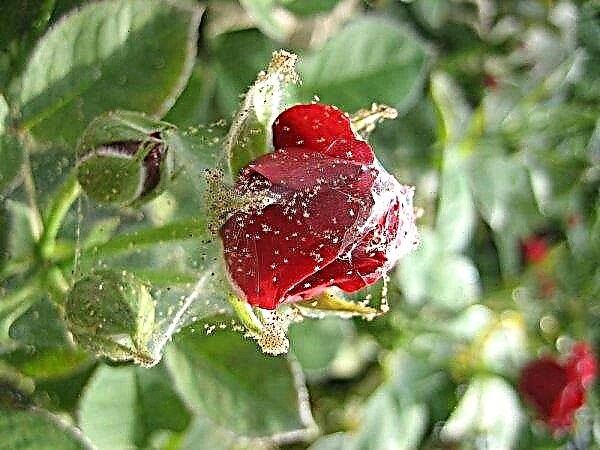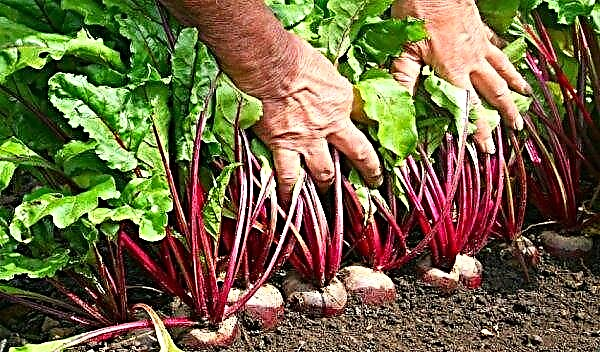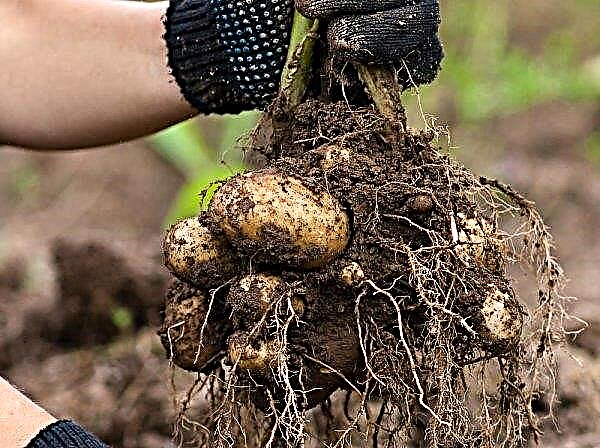Barley (Hordeum) is a popular cereal cultivated throughout the world. In modern agriculture, ordinary barley is used for cultivation, other species grow in small quantities and belong to wild crops. There are 40 types or varieties of barley, and all these are mainly spring varieties, that is, used by humans for food purposes. Special winter varieties are also divided into these two categories, but in addition they have a special classification according to their intended use.
Popular varieties of winter barley
Conventionally, it is possible to divide varieties of winter barley into high-yielding and brewing. In beer production, this culture is priceless, because it is the basis of the drink. The technology for cultivating this plant for the brewing industry is different from that applied to high-yielding crops. From an economic point of view, barley grown for beer production is a highly profitable cereal, with great prospects.
The characteristics of barley make it the main competitor to such a popular cereal as wheat. The well-known porridge “pearl barley” is ground barley grains, but barley groats are crushed barley grains. Features of barley groats: high fiber content, the presence of B vitamins. In addition, unlike wheat, it has a lower glycemic index. The highest prevalence of the plant was recorded in the southern regions, as well as in the Caucasus and in the Krasnodar Territory.
Of great importance in the process of industrial cultivation is selection work carried out by agronomists from Russia, Ukraine, France, Argentina and Australia. These countries are the record holders for the number of barley grain shipped. Countries that purchase barley in large quantities: China, the Netherlands, Saudi Arabia, Iran, Belgium.Did you know? Live barley seed — A valuable source of beta-glucan, a substance that lowers blood sugar. Germinated grains are not inferior to wheat germ in utility and are full of easily digestible vitamins.
 This spring crop serves as the basis for two types of cereals: pearl barley and barley.
This spring crop serves as the basis for two types of cereals: pearl barley and barley.High yield
Varieties with high productivity, average value:
- Versailles (110 kg / ha);
- Vivat (80 kg / ha);
- Sunrise (from 49 to 74 kg / ha);
- Boundary (68 c / ha);
- Carrera (119 kg / ha);
- Carioca (selective, 110 kg / ha).
Important! After sowing, the territory with the newly planted crop rolls in (compacted with a roller). This is necessary to protect the seeds from the weather and other external factors.
Seeding rates for high-yielding crop species depend on the region in which cultivation occurs. The standard value is up to 5 mln. grains per 1 hectare.
Features of the species:
- preliminary plowing of the soil before sowing (to a depth of up to 22 cm) is required;
- need for harrowing before sowing;
- fertilizers in the form of manure and mineral compounds;
- selection of grains before planting (1000 units should not weigh less than 40 g).
Did you know? Pearl barley in Russia was called "pearl". This name was given to her thanks to the brilliant polished barley grains, similar to pearls (pearls).
Brewing
The best brewing varieties of barley, average yield:
- Luran (70–90 kg / ha);
- Timothy (76 c / ha);
- Joseph (75 kg / ha);
- Sprinter (50 kg / ha);
- Lazarus (76 c / ha);
- Reliable (60 kg / ha).
 Seeding rates of beer varieties, adjusted for the region of cultivation, on average, from 4 to 4.5 million sunflower seeds. grains per 1 hectare.
Seeding rates of beer varieties, adjusted for the region of cultivation, on average, from 4 to 4.5 million sunflower seeds. grains per 1 hectare.
Features of the species:
- short growing season (up to 110 days);
- moisture deficiency for two weeks before the end of ripening is critically dangerous for the crop;
- soil tolerance for best growth - from 40 to 70 points.
Important! Humidity of grain for brewing beer should not exceed 15%. The required color of the raw material is rich yellow or yellow gray.
In brewing beer, a two-row or six-row subspecies of culture is used, the first is preferable, since the seeds have the same size and shape. Quality raw materials have a rich “wheat” color (dark yellow or light yellow), good density and a flat surface. The process of fermentation on spoiled grain can not happen.

The best varieties for different regions
For regions, it is necessary to select varieties with different characteristics, namely:
- for the south - resistant to drought (Vivat, Carioca, Carrera);
- for north, northwest and northeast - winter-hardy (Timofey, Joseph, Yerema).

